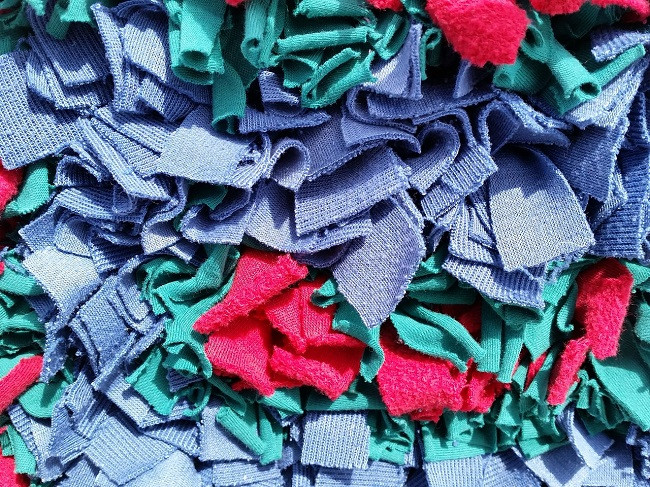Based on the Ellen MacArthur Foundation reporting findings, the fashion industry emitted 2.1 billion metric tons of carbon dioxide in 2020. Traditional cotton farming uses 2,700 liters to make only one cotton t-shirt, yet synthetic textile components derived from petroleum sources generate air pollutants and pollute the environment. Using regenerative fibers provides an effective solution for dealing with environmental problems while reducing carbon emissions.
Regenerative fibers! What is this?
Regenerative fibers are textiles from regenerative agriculture or closed-loop systems that restore ecosystems while producing raw materials. These fibers, such as organic cotton, hemp, and Tencel, improve soil health, sequester carbon, and promote biodiversity. They are important in minimizing the fashion industry’s carbon footprint, enhancing water efficiency, and supporting ethical business practices. By prioritizing sustainability, regenerative fibers are shaping the future of eco-friendly fashion.

Market transformation with common regenerative fibers
-Tencel fiber is produced from sustainably sourced wood pulp using a closed-loop system that recycles 99% of water and solvents.
-Requiring 75% less water than conventional cotton, hemp is experiencing a compound annual growth rate (CAGR) of 15%, reflecting its rising popularity as a sustainable textile.
-Utilizing recycled wool can reduce water usage by 95% and energy consumption by 70%, offering a more sustainable alternative to virgin wool.
-According to the Global Organic Textile Standard GOTS, Valued at $12 billion in 2022, the organic cotton market is growing at an annual rate of 8-10%.
-Alpaca farming demonstrates superior sustainability because it produces three times less carbon dioxide than sheep farming, driving market growth at a 7.5% CAGR until 2030.
Technological advancements in regenerative fibers
Renewcell’s Circulose uses advanced Swedish technology to turn recycled cotton and other cellulose materials into high-quality raw pulp. Similarly, NuCycl Technology transforms textile waste into premium fibers while reducing water consumption by 98% and lowering environmental pollutants by 80%. These innovations are driving a more sustainable future for the fashion industry.
SeaCell
SeaCell fabric is made from seaweed (Ascophyllum nodosum), producing a biodegradable fiber rich in vitamins and anti-inflammatory properties that support good skin health.
Intelligent insulation
Ralph Lauren’s Intelligent Insulation adapts its thermal properties to temperature changes without using any electronic components in its innovation. Reducing the need for multiple layers of clothing promotes sustainability through fewer clothing purchases.
Spider silk
Popular brands like Bolt Threads, Spiber, AMSilk, and Kraig Biocraft Laboratories are leading the development of synthetic materials that replicate spider silk’s strength and elasticity. Notable innovations include Bolt Threads’ Microsilk, Spiber’s Brewed Protein, and AMS ilk’s Biosteel, which are high-performance, mass-producible fabrics designed to maintain the exceptional properties of natural spider silk.
Upcycling regenerative fiber
The fashion industry puts its resources into making 100% degradable fabrics using bamboo and hemp as original components. Current upcycling practices show growing popularity through which textile waste is transformed into better quality products.
Market outlook
Fortune Business Insights reports that the global eco fiber market doubled its value because consumers increasingly choose sustainable products. Industrial experts project that the market value will compound from $56.81 billion in 2023 to $120.99 billion in 2032 before establishing an 8.8% CAGR beginning in 2024.
The Global Fiber Report projects that the Asia Pacific region, Europe, and North America will control 85% of the regenerated fibers market operations through 2024 while the Asia Pacific continues to dominate at 40%. The market shows increasing growth because emerging economies require sustainable products along with their rising industrial development.
However, Fashion companies must adopt regenerative fibers because the practice combines environmental benefits with business requirements. The process of sustainability has entered the core consumer choice decisions, and those who use regenerative fibers will access market growth potential while reducing environmental damage, making them front runners in a market shift toward sustainability. Getting on board with regenerative fibers will let companies increase their brand value, capture dedicated consumer loyalty, and claim leadership status in sustainable fashion, which will position them to succeed permanently in an upcoming market segment that demands ecology.
















